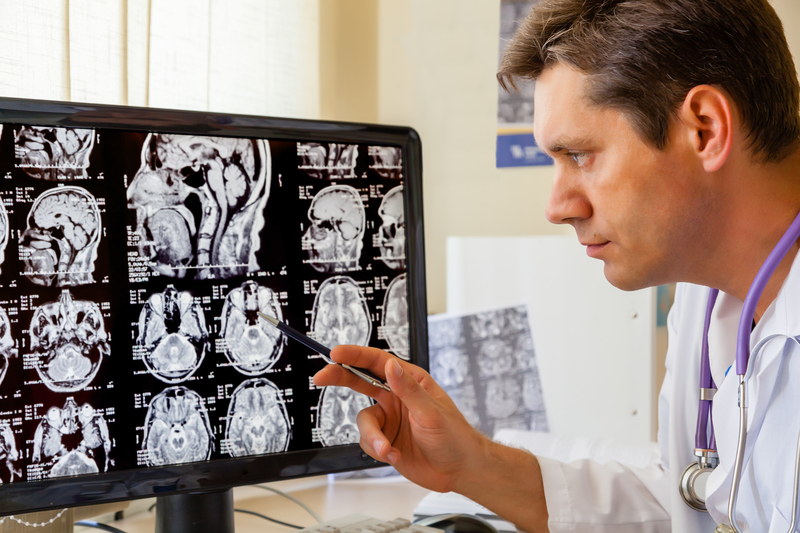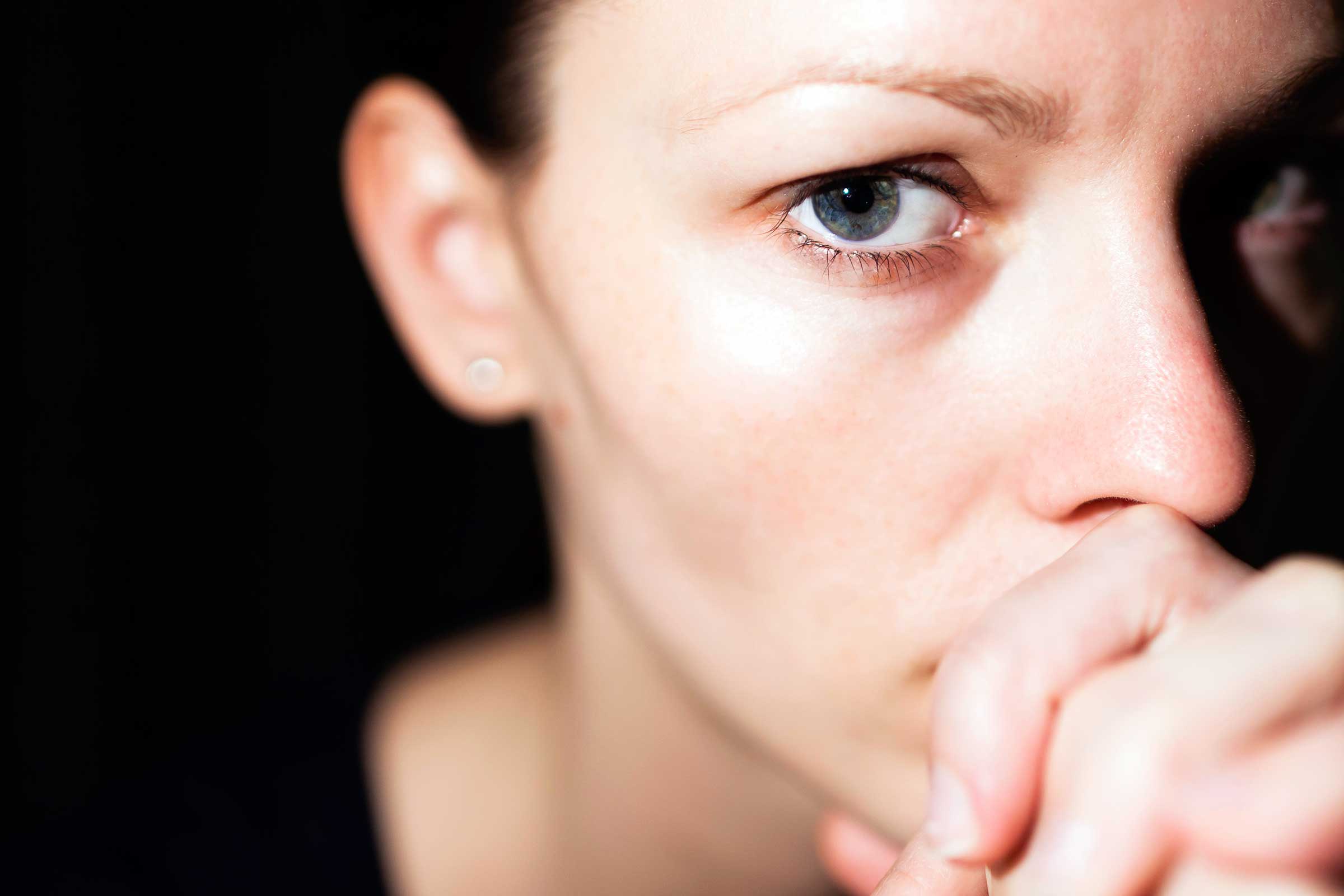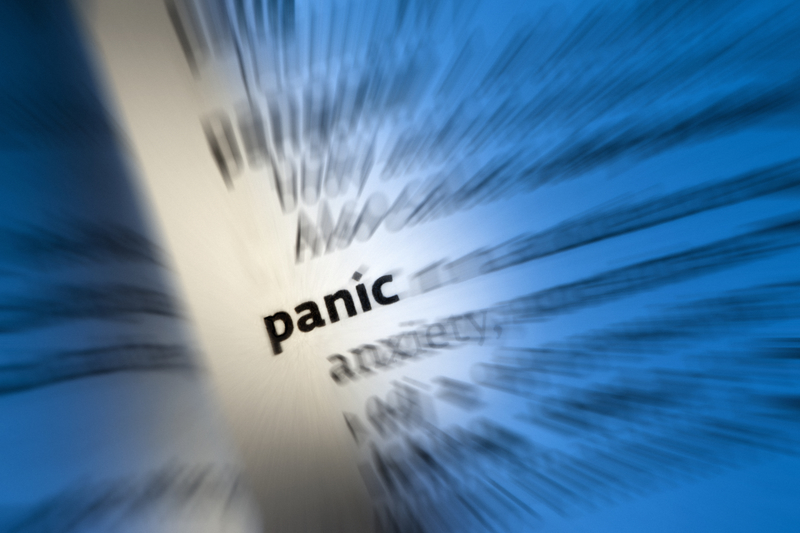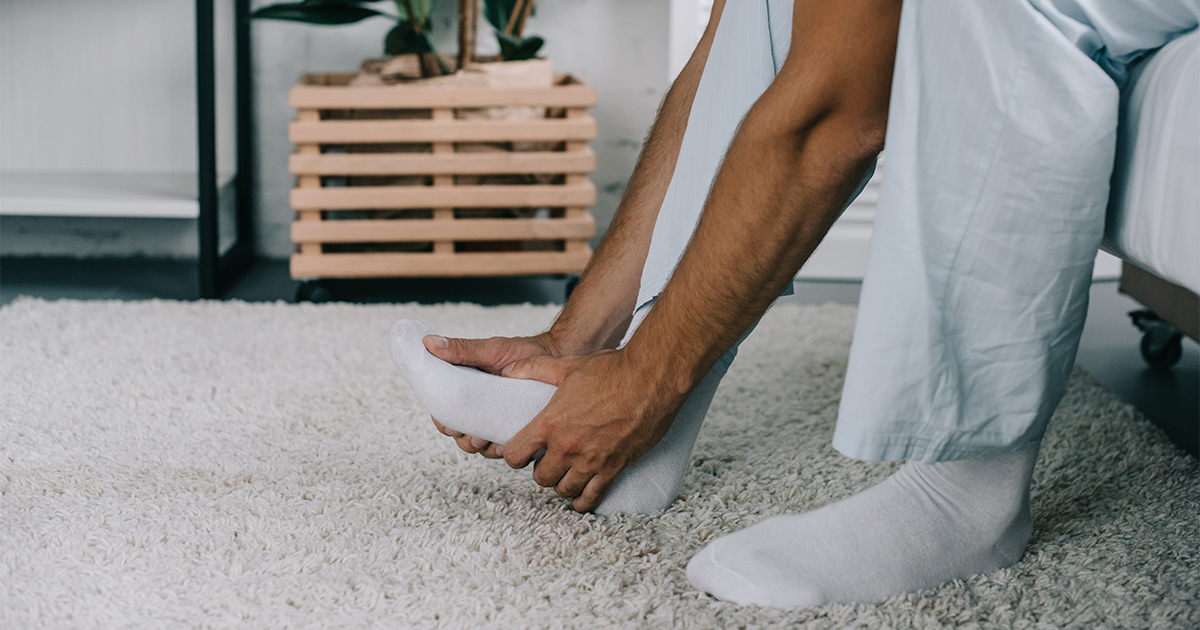How To Self Diagnose A Panic Disorder
Panic disorder is a condition that occurs for no apparent reason and may lead to frequent panic attacks. Panic disorder is not the same as having typical anxious and fearful reactions to stressful events. It includes numerous severe panic attacks without warning, which causes further stress and worry over when and where the next panic attack will occur. Although many people who suffer from panic disorders are embarrassed to seek treatment, it is a very common condition that is easily treatable.
What Is Panic Disorder?

According to the Anxiety and Depression Association of America, panic disorder occurs in approximately six million American adults every given year or one in every seventy-five people. A panic disorder occurs in individuals who have spontaneous panic attacks and are constantly concerned about the fear of another attack. People with panic disorder experience sudden attacks, even during sleep. Panic disorders often accompany other mental and physical conditions such as anxiety disorders, irritable bowel syndrome, asthma, substance abuse or depression, which may affect the ability to receive a proper diagnosis.
Symptoms

A panic attack, also known as an anxiety attack, occurs when there is a sudden onset of psychological discomfort or intense fear. Panic attacks reach their peak within minutes and include at least four of the following symptoms: fear of dying, sweating, rapid heartbeat, shaking or trembling, chest pain, feelings of choking, dizziness, light-headedness, nausea or abdominal pain, feelings of being detached from oneself or unreality, numbness or tingling, and feelings of “going crazy” or being out of touch.
Causes

Researchers do not know that exact cause of panic disorder; however, studies show there are several factors, both environmental and biological, that may be involved, such as family history, brain abnormalities, significant life stress, and substance abuse. Panic disorder might be caused by a disruption in the part of the brain that controls the “fight or flight” response. It may also be due to drug and alcohol abuse and in situations where life stress, such as the death of a loved one, has recently occurred. The disorder can also run in families.
How To Self Diagnose

Although a medical professional should have the final say, a person who experiences frequent panic attacks may likely have panic disorder. The disorder affects more women than men and typically occurs during late teenage years and early adulthood. A person who suffers from severe panic attacks should seek medical treatment where a doctor can evaluate by performing a physical exam. If no illnesses are found, a medical professional may refer the patient to a mental health professional who is trained to deal with panic disorders.
Questions To Ask For A Self-Diagnosis

Any person who has frequent panic attacks may want to ask themselves the following questions to determine if they are suffering from panic disorder: How often are the symptoms and when did they first begin? How long do the panic attacks last? What triggers the attacks? How often does the fear of having another panic attack occur? Does the person in question avoid certain locations or experiences that may trigger an attack? What are the life stressors currently present? How does the person in question typically respond to stress? What are other medical conditions present? Is there any history of drug abuse?
Treatment

Treatment for panic disorder may include a combination of therapies, including psychotherapy, cognitive-behavioral therapy, relaxation techniques and medication. A psychotherapist has been trained on how to address emotional responses to mental illnesses by talking the affected person through the disorder. Cognitive behavioral therapists work with a patient to get them to recognize and change thought patterns that may be causing anxiety and panic attacks. Relaxation techniques may include breathing exercises, mind-body exercises, and meditation. Anti-depressants and anti-anxiety medications may also be used as treatment.
Compilations Of Untreated Panic Disorder

Up to ninety percent of people find relief with the treatments provided. However, if left untreated, panic disorder may result in avoidance of activities or people that trigger a panic attack, anticipatory anxiety in fear of having another panic attack, agoraphobia, or the fear of being in certain situations when another panic attack occurs, and claustrophobia, or the fear of enclosed spaces. These conditions may force the affected person to avoid leaving home or heading out in public where social, personal and professional lives are affected.
Prevention

The best way to prevent panic attacks is by seeking immediate treatment from a trained professional if they start to become a problem. Finding healthy ways to manage stress may also help. Exercise, yoga, Pilates, breathing techniques, meditation, peaceful hobbies like reading, and taking relaxing baths are healthy ways to deal with stress. Eat a diet high in lots of unprocessed plant-based foods and avoid abusing drugs, alcohol, or caffeine as these may trigger anxiety or symptoms of a panic attack.
